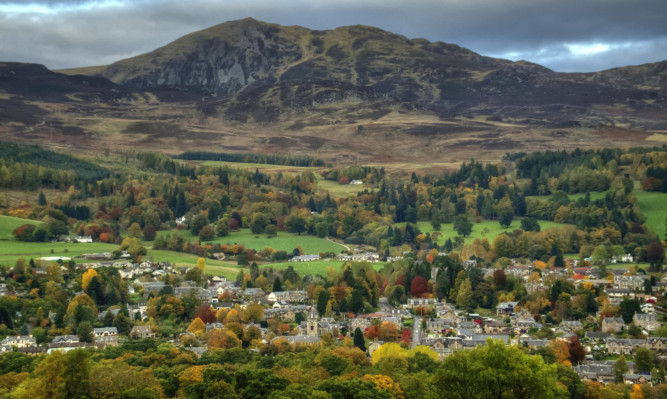A property in the countryside costs almost £30,000 more than a home in an urban area, a new report has shown.
Buying a house in rural Scotland will cost on average £185,013, compared to £157,966 in more built-up places.
East Ayrshire was named as the most affordable rural local area district north of the border and the second most affordable across Britain in the latest Bank of Scotland rural housing review.
The average house price in East Ayrshire is £115,394 – which is 3.8 times the local average annual earnings of £30,299.
Dumfries and Galloway is second, with a £128,245 price tag, and Argyll and Bute is Scotland’s third most affordable at £153,508.
The least affordable rural areas in Scotland are Aberdeenshire and East Lothian.
Nitesh Patel, economist at Bank of Scotland, said: “Living in the countryside is an aspiration for many home-owners, attracted by the prospect of a better quality of life, open space and a cleaner environment.
“However, this aspiration comes at a cost with average property values almost a fifth higher than in urban areas.
“A side effect of rising property values is that housing affordability has become an increasing concern in many rural areas, particularly in Aberdeenshire and East Lothian, where those on average incomes typically find it difficult to enter the market. This, in turn, prices many first-time buyers out of the housing market.”
Despite the higher price for buying in the countryside, the gap with urban prices is narrowing and property prices have risen more slowly in rural areas during the past five years.
Between 2010 and 2015, the average price of a home in the Scottish countryside rose by 13% compared with an average increase of 15% in urban areas.
In the past year the average price of a rural home has risen by 5%, marginally lower than the 6% urban increase.
First-time buyers account for 43% of all mortgage financed purchases in Scottish rural areas, lower than in urban areas where they make up half of such purchases.
The report also revealed properties in the rural areas of Scotland are typically a third larger than in towns and cities.
